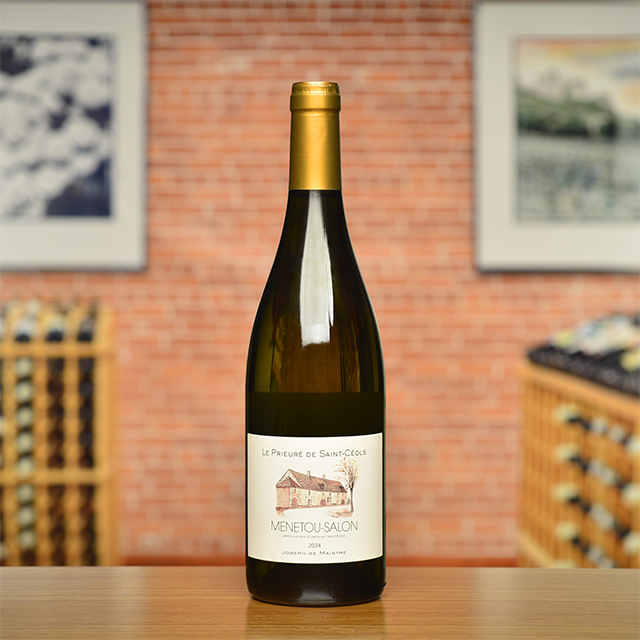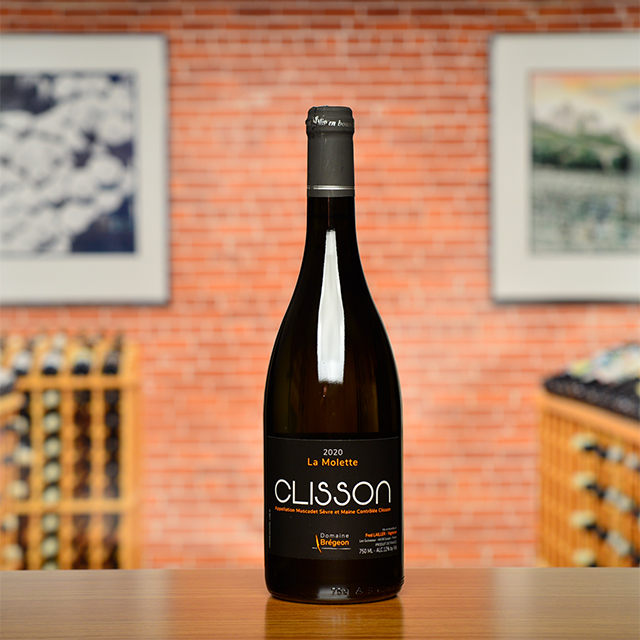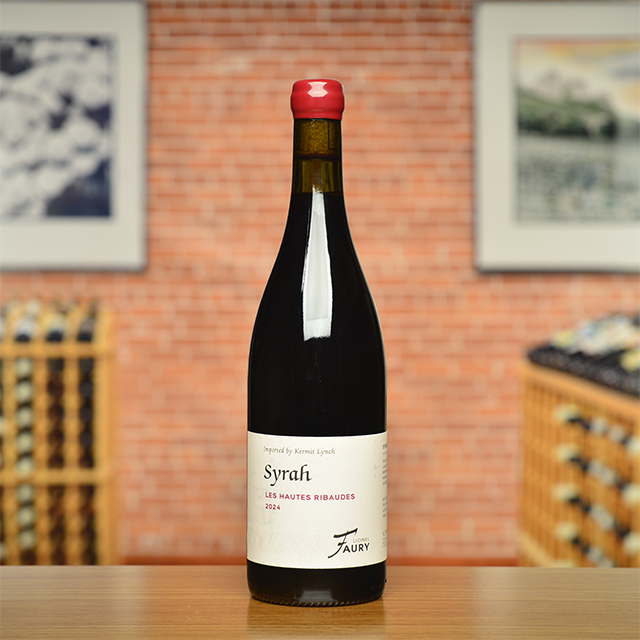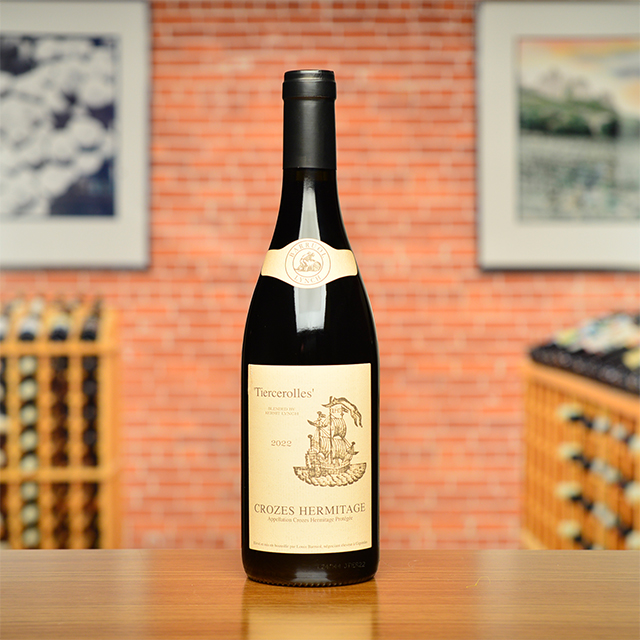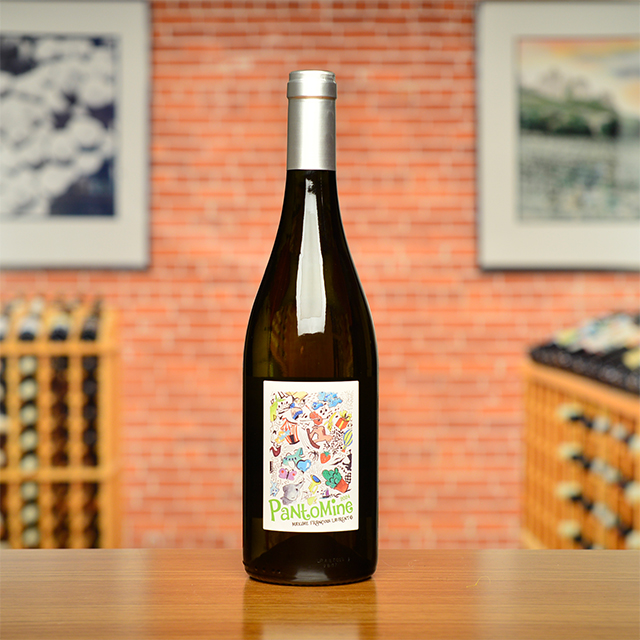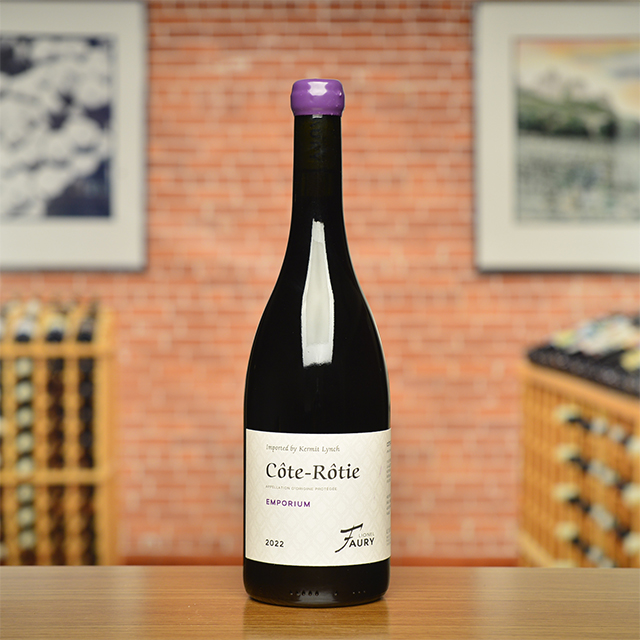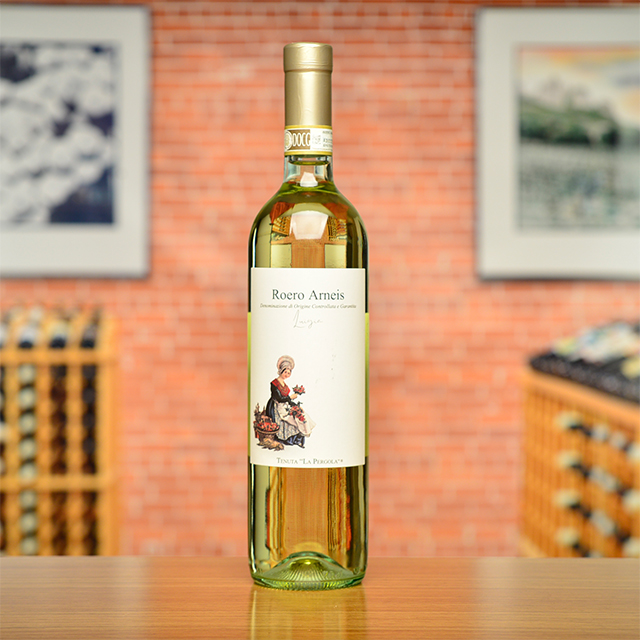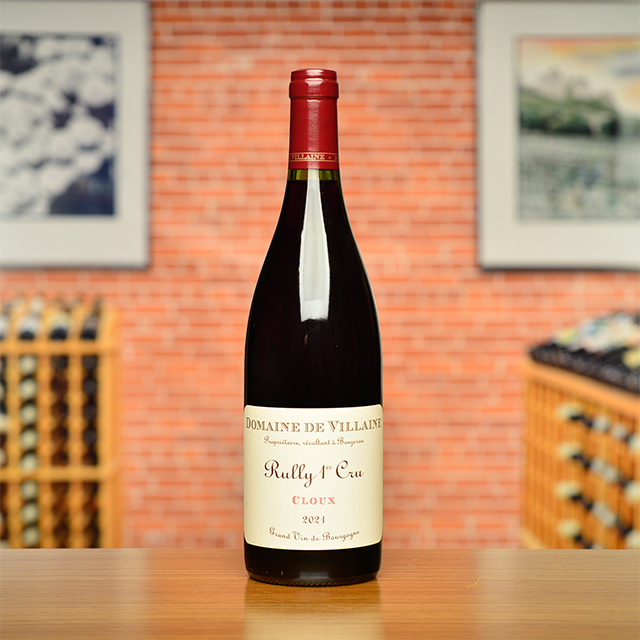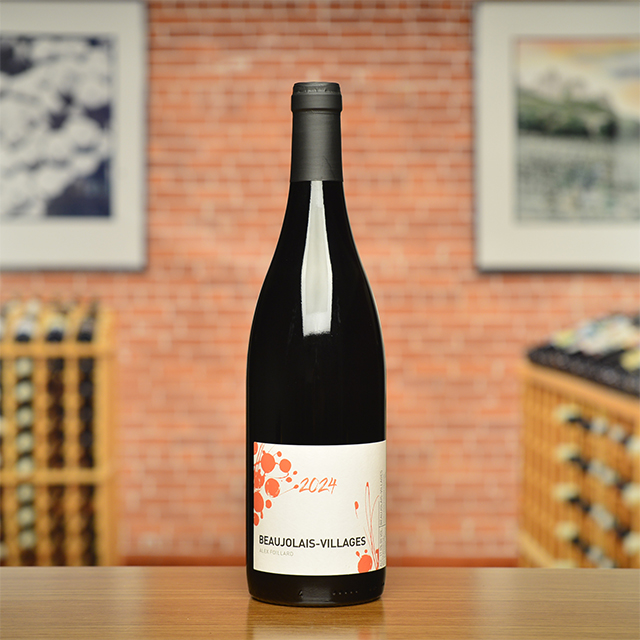Notify me
2020 Pernand-Vergelesses Blanc
Domaine Follin-Arbelet
In my experience, it is rare for a domaine to excel equally in both colors of Burgundy. Typically, there is an obvious specialty. With Follin, that specialty has always been red, as it represents the majority of their holdings. However, with each recent foray into blanc—whether it be their recent first harvest in Aloxe-Corton, their purchases a few years ago of vineyards in Pernand, or their replanting of a new parcel in Le Charlemagne—their growing stable of whites has captured my attention as truly stand-out. Raised with the same care and style as their incredible Corton-Charlemagne, this impeccably crafted blanc showcases the majestic, steep, stony terroir of Pernand with uncommon flair and precision. Impressive!
—Dixon Brooke
| Wine Type: | white |
| Vintage: | 2020 |
| Bottle Size: | 750mL |
| Blend: | Chardonnay |
| Appellation: | Pernand-Vergelesses |
| Country: | France |
| Region: | Burgundy |
| Producer: | Domaine Follin-Arbelet |
| Winemaker: | Franck Follin |
| Vineyard: | 20 years average |
| Soil: | Clay, Limestone |
| Farming: | Lutte Raisonnée |
| Alcohol: | 13% |
More from this Producer or Region

2021 Irancy “Cuvée Emeline”
France | Burgundy
Emeline is sourced from the domaine’s favorite bits of their favorite parcels and then long-aged in barrel for a deeper, darker Irancy.
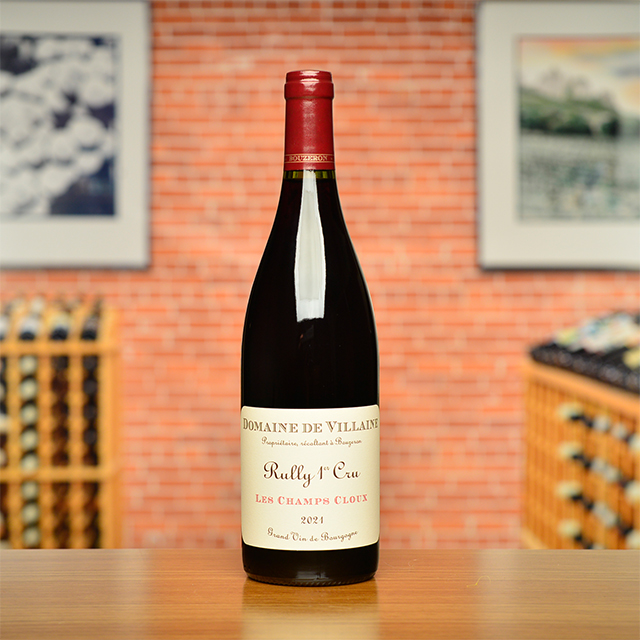
2021 Rully Rouge 1er Cru “Les Champs Cloux”
France | Burgundy
Les Champs Cloux is fresh, with good acidity, but also among the domaine’s more robust reds.

2020 Aloxe-Corton 1er Cru “Clos du Chapitre”
France | Burgundy
Filled with notes of gorgeous red fruit and an irresistible stoniness that gives it structure

2021 Pernand-Vergelesses 1er Cru “Les Fichots”
France | Burgundy
With plush notes of red fruit and cocoa abounding in the glass, this Pernand punches way above its weight.

2022 Romanée-Saint-Vivant Grand Cru
France | Burgundy
With some age, this will develop into one of the most gorgeous Pinot Noirs to ever grace your glass.

2018 Romanée-Saint-Vivant Grand Cru
France | Burgundy
With some age, this will develop into one of the most gorgeous Pinot Noirs to ever grace your glass.

2021 Aloxe-Corton 1er Cru “Les Vercots”
France | Burgundy
Vercots is a wine that you can begin enjoying at age three and hold for up to fifteen years.
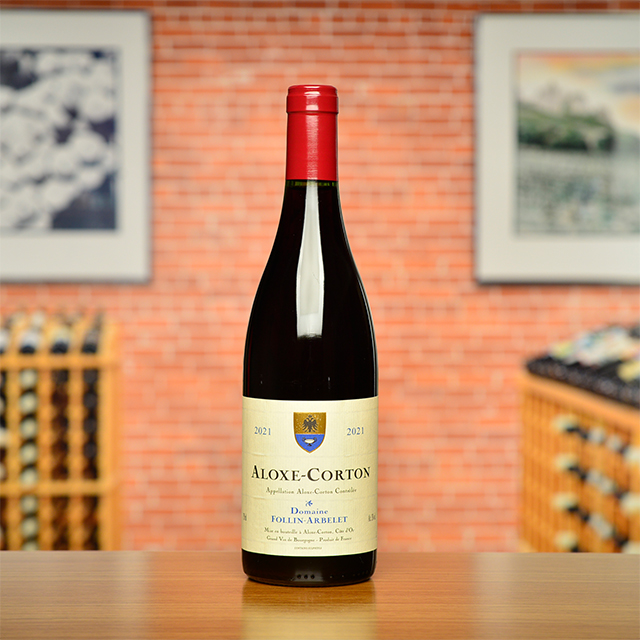
2021 Aloxe-Corton
France | Burgundy
The Follin family’s reds are some of the most delicious I have tasted, none more so than their incredibly vibrant and pure Aloxe-Corton.

2022 Bourgogne Hautes-Côtes de Beaune Blanc “Le Mont et Forêt”
France | Burgundy
Full of that perky, palate-opening freshness and vigor that’s so essential in a blanc.

2022 Santenay Rouge “Vieilles Vignes”
France | Burgundy
Old vines in Santenay produced this classy red that can be enjoyed now or cellared for three to five years for additional complexity.
About The Producer
Domaine Follin-Arbelet
About The Region
Burgundy

In eastern central France, Burgundy is nestled between the wine regions of Champagne to the north, the Jura to the east, the Loire to the west, and the Rhône to the south. This is the terroir par excellence for producing world-class Pinot Noir and Chardonnay.
The southeast-facing hillside between Dijon in the north and Maranges in the south is known as the Côte d’Or or “golden slope.” The Côte d’Or comprises two main sections, both composed of limestone and clay soils: the Côte de Nuits in the northern sector, and the Côte de Beaune in the south. Both areas produce magnificent whites and reds, although the Côte de Beaune produces more white wine and the Côte de Nuits more red.
Chablis is Burgundy’s northern outpost, known for its flinty and age-worthy Chardonnays planted in Kimmeridgian limestone on an ancient seabed. Vézelay is a smaller area south of Chablis with similar qualities, although the limestone there is not Kimmeridgian.
To the south of the Côte de Beaune, the Côte Chalonnaise extends from Chagny on its northern end, down past Chalon-sur-Saône and encompasses the appellations of Bouzeron in the north, followed by Rully, Mercurey, Givry, and Montagny.
Directly south of the Chalonnaise begins the Côte Mâconnais, which extends south past Mâcon to the hamlets of Fuissé, Vinzelles, Chaintré, and Saint-Véran. The Mâconnais is prime Chardonnay country and contains an incredible diversity of soils.
More from Burgundy or France
2022 Beaune 1er Cru “Les Montrevenots”
Antoine Jobard France | Burgundy
2022 Marsannay Blanc “Les Longeroies”
René Bouvier France | Burgundy
2021 Pommard 1er Cru “Les Croix Noires”
Domaine Lucien Boillot et Fils France | Burgundy
2023 Chablis 1er Cru “Vaillons”
Famille Savary France | Burgundy
2021 Rully Rouge 1er Cru “Cloux”
Domaine de Villaine France | Burgundy
2021 Gevrey-Chambertin “Les Evocelles”
Domaine Lucien Boillot et Fils France | Burgundy
2023 Vin de France Blanc Melon de Bourgogne
La Sœur Cadette France | Burgundy
2019 Pouilly-Fuissé ”Climat Vieilles Vignes“
Domaine Robert-Denogent France | Burgundy
2021 Nuits-Saint-Georges 1er Cru “Les Chaignots”
Domaine Robert Chevillon France | Burgundy
2023 Savigny-Lès-Beaune 1er Cru “Aux Serpentières”
Domaine Pierre Guillemot France | Burgundy
2023 Chablis 1er Cru “Vaillons”
Henri Costal France | Burgundy
2022 Beaune 1er Cru “Les Epenottes”
Antoine Jobard France | Burgundy
2022 Beaune 1er Cru “Les Montrevenots”
Antoine Jobard France | Burgundy
2022 Marsannay Blanc “Les Longeroies”
René Bouvier France | Burgundy
2021 Pommard 1er Cru “Les Croix Noires”
Domaine Lucien Boillot et Fils France | Burgundy
2023 Chablis 1er Cru “Vaillons”
Famille Savary France | Burgundy
2021 Rully Rouge 1er Cru “Cloux”
Domaine de Villaine France | Burgundy
2021 Gevrey-Chambertin “Les Evocelles”
Domaine Lucien Boillot et Fils France | Burgundy
2023 Vin de France Blanc Melon de Bourgogne
La Sœur Cadette France | Burgundy
2019 Pouilly-Fuissé ”Climat Vieilles Vignes“
Domaine Robert-Denogent France | Burgundy
2021 Nuits-Saint-Georges 1er Cru “Les Chaignots”
Domaine Robert Chevillon France | Burgundy
2023 Savigny-Lès-Beaune 1er Cru “Aux Serpentières”
Domaine Pierre Guillemot France | Burgundy
2023 Chablis 1er Cru “Vaillons”
Henri Costal France | Burgundy
2022 Beaune 1er Cru “Les Epenottes”
Antoine Jobard France | Burgundy
Kermit once said...

Kermit once said...
Let the brett nerds retire into protective bubbles, and whenever they thirst for wine it can be passed in to them through a sterile filter. Those of us on the outside can continue to enjoy complex, natural, living wines.
Inspiring Thirst, page 236
